Torsten Liem developed the first and so far only Sports Osteopathy Course in Germany and is active in the sports osteopathy teaching team.
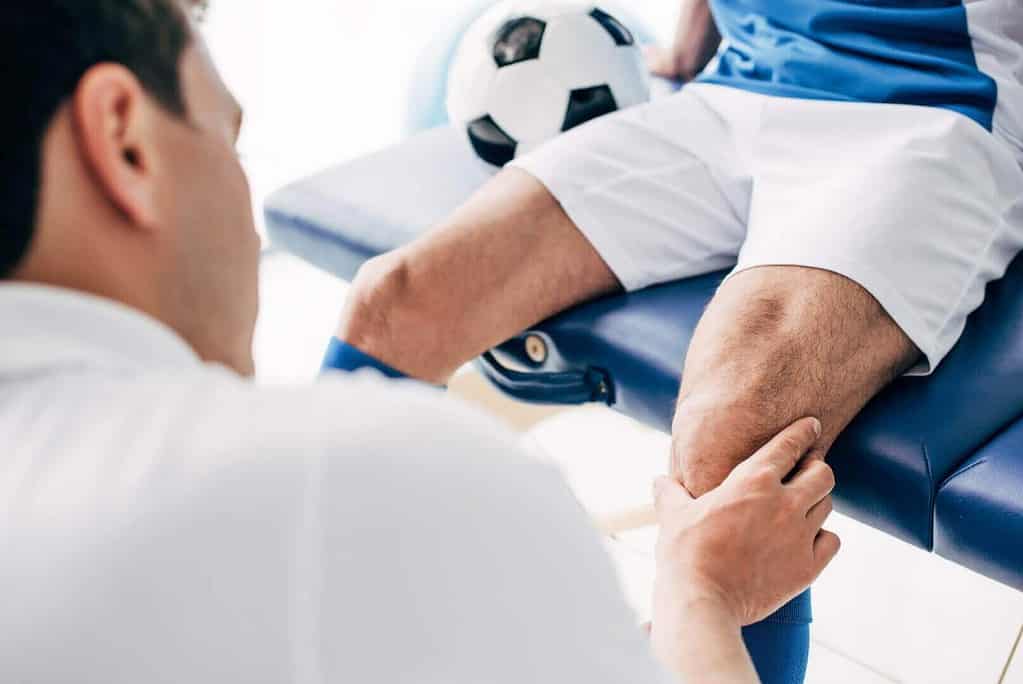
At the Liem Osteopathy Centre, only osteopaths who have completed training in sports osteopathy in addition to osteopathy treat patients. This allows us a high level of expertise in the osteopathic treatment of athletes and artists, e.g. for acute and chronic injuries and pain conditions and for performance optimisation. In addition, we are always able to adapt the treatment to the latest scientific findings.
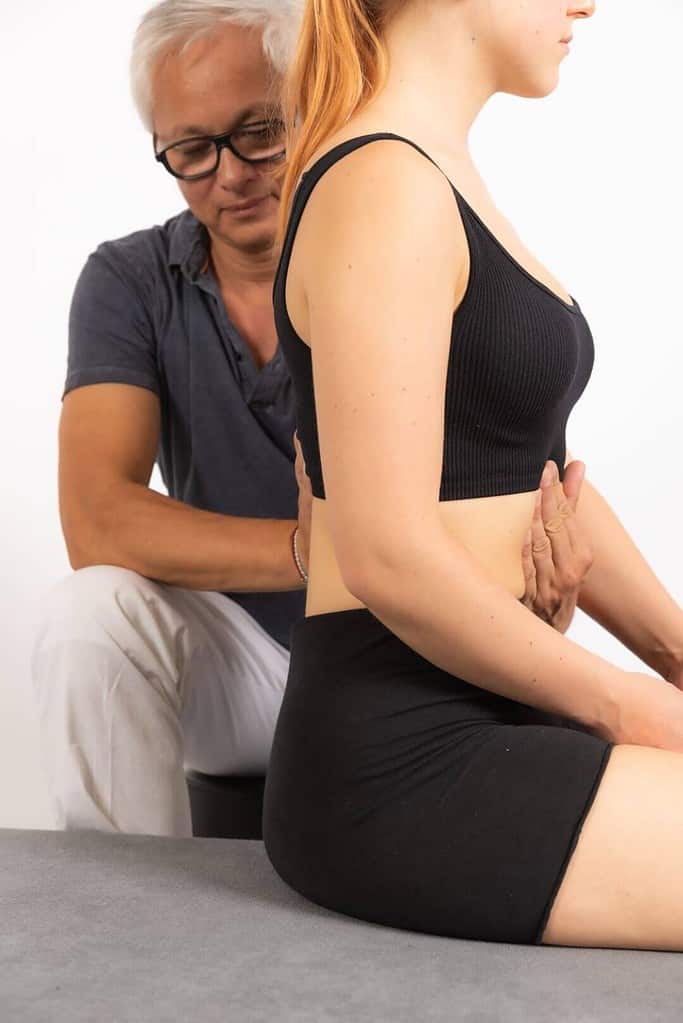
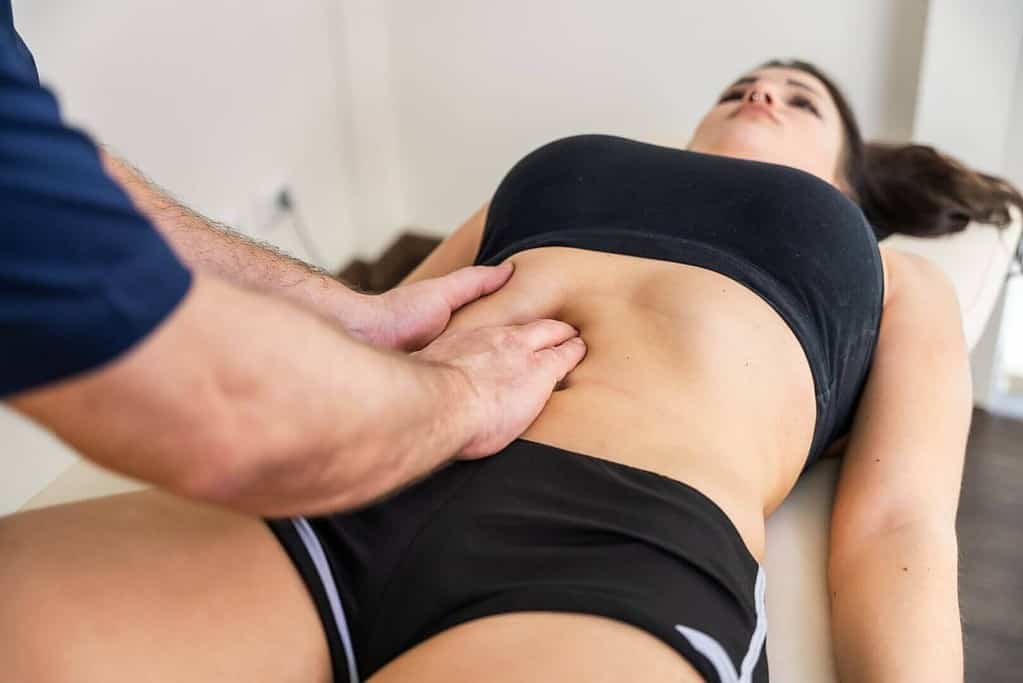
The treatment of athletes, for example, includes a well-founded individual as well as sport-related anamnesis, inspection and examination before starting therapy.
In athletes, postural assessment is particularly relevant. Even minimal deviations in postural control and disturbing incoming signals from the body impair performance and increase the risk of injury.
Depending on the type of sport and the intensity at which the sport is practised, adaptations and changes of the body occur. These are not only to be expected, but are also not infrequently essential with regard to performance. If these were to occur in "normal people", however, they would motivate osteopathic treatment. This is why sport-specific knowledge is so essential in the treatment of athletes.
In the diagnosis and treatment of athletes, we do not focus on one tissue, but on the multi-layered dynamic interaction of all body systems and organs.The symptom is only the symptom, such as pain. What is essential here is osteopathy's recognition that it is not necessarily the actual problem. This is why, in addition to the competence to specifically and accurately examine the affected area of discomfort, a holistic diagnosis is also so important for athletes, who usually operate at the limits of their organism's performance and every tiny adjustment screw that is disturbed can therefore have major effects in completely different regions.
That is why we examine associated segmental zones for each complaint, e.g. of the skin (dermatomes), of the muscle (myotomes), of the bone (sclerotomes), of the fasciae (fasciotomes), of the vessels and nerves (neurotomes), in order to recognise important relationships and interactions. Among other things, restriction of movement, positional asymmetry, changes in tissue structure and pain sensitivity are perceived with the hands.
E.g. fascial the interaction of anterior, posterior, lateral, midline, spiral and deep/central fascial chains are examined and their relationships to the rest of the body. We apply a holographic model of diagnosis and treatment.Functional diagnosis is based on a precise assessment of all the structures and interactions involved, with the aim of localising the main features of somatic dysfunction.
Medical history is also essential to identify other influences, e.g. in lifestyle, diet, etc.
We use global and local tests. These tests are used to detect fascial dysfunction, postural dysfunction or fascial imbalances and show a person's adaptability.
For example, we use the following tests:
Identification of disharmony/dysfunction of the neuromyofascial system:
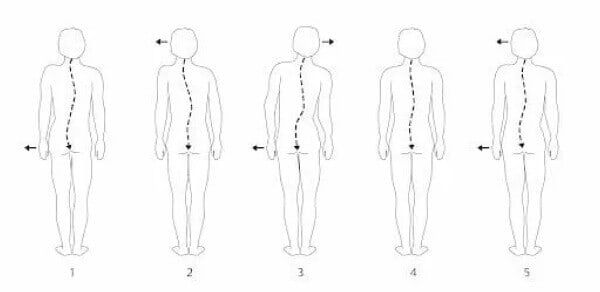

For the osteopath treating athletes, it becomes a habit to treat the particular physical activity in terms of its effects in the cardiovascular system. Digestion is a big issue in sports medicine. Dysfunctional digestion affects athletic performance.
However, treating athletes is not just about treating accidents. Post-traumatic adaptations can reduce performance, even if only minimally, without themselves becoming clearly prominent. Recognising these subtle changes and taking them into account in treatment is essential for performance enhancement, but especially for injury prophylaxis.

Last but not least, sport-specific nutritional knowledge is essential. There are big differences here: a golfer needs a completely different diet than a strength athlete or a marathon runner. Dogmatic nutrition tips are counterproductive here, but individually adapted solutions are necessary.
"The osteopath who has the most success has it because he seeks his knowledge in nature and obeys its teachings. Then he achieves good results."
Here, profound knowledge of the immune system and regeneration system is important for the osteopath in order to be able to treat appropriately. In osteopathic treatment, special attention must be paid to a possible disproportion between load and resilience and overtraining.
Immune and stress axis, metabolic axis as well as the axis of the autonomic nervous system play a very important role, as does mitochondrial activity in the organism. Acute peripheral fatigue - possible causes. Very many impairments of the athlete have to do with an impaired activity of these axes. For example, they are also involved in acute or chronic peripheral fatigue. The fine-tuning of these systems with regard to sport is an essential part of the treatment of athletes.
"When all the systems of the body are well ordered, health reigns."

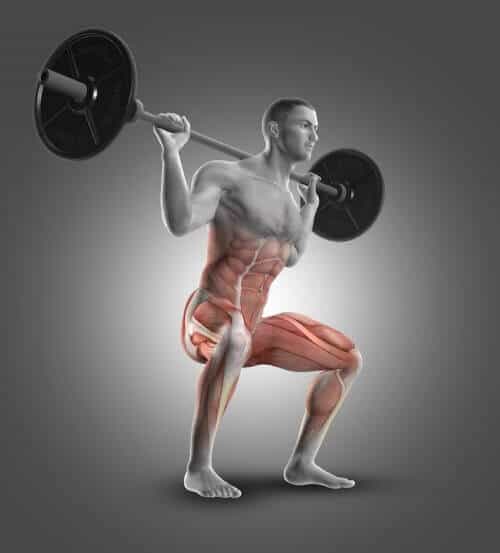
Knowledge of muscle physiology is also much more important in the treatment of athletes than for other patients.
For example, the upper body muscles are composed of different muscle fibres than the leg muscles. They therefore require different energy sources and trigger different effects in the body, such as inflammation-promoting or inflammation-inhibiting processes. Sport-specific training stimulates these processes in very different ways, which has consequences for understanding possible injury susceptibilities as well as for the treatment of sports injuries.
"Listen to your heart and speak to it. Speak to all within you"
Finally, the treatment of chronic injury is significantly different from that of acute injury. Here, knowledge of the mechanisms and factors for prophylaxis, therapeutic approaches and convalescence is essential.
Primary injuries account for only 20%, while secondary injuries are about 4 times more common. 80% of injuries are non-contact. The latter can be successfully prevented by a variety of measures. For example, musculoskeletal injury clearance is strongly influenced by body weight (more precisely BMI) and age. Abdominal fat is a risk for injuries.
Chronobiological influences such as sleep and sleep quality also play a major role.
"Inspiration from friend to friend: Key is Be In The Now. Flow from the Heart. Keep the Mind Meaningfully Present, Flowing with Breath Awareness in the Now "

Last but not least, sport-specific nutritional knowledge is essential. There are big differences here: a golfer needs a completely different diet than a strength athlete or a marathon runner. Dogmatic nutrition tips are counterproductive here, but individually adapted solutions are necessary.
Essentially, the structure of the fascia forms a communication network and we can access the system through intelligent palpation.
Muscle contractions tense the muscle and its fascia (epimysium, perimysium, endomysium and tendons), but also its intermuscular septa and the associated ligament-capsule apparatus. Since this is often done in sports at the limits of performance, even the most subtle imbalances appear, at best only minimising performance or, at worst, increasing the risk of injury. Recent research supports the assumption that the myofascial network plays a decisive role in the distribution of force. Therefore, treatment of the fascial system is not only indicated for complaints, but can also be useful for improving performance.
All the transverse myofascial structures of the body are also important. On the one hand they give stability and on the other hand they are considered a region of passage and also have a lot of importance in posture. For example, the diaphragm has direct connections to the fasciae of the psoas muscles, the quadratus lumborum and the abdominal muscles. It can therefore affect the transmission of force to the legs just as reciprocally as the organs above and below it and breathing.
Fascia has its own rich vascular system that strongly anastomoses with the vessels in the surrounding tissues. This is especially important in sports and is forgotten by most practitioners.
Nerves run through the fascia like the vessels. The fasciae are abundantly innervated. There are about 10 times more receptors in the fascia than in the muscles. Other interactions are also essential in athletes. For example, most sensory nerves are connected to the myofascial system. These mainly serve thermoregulation and chemoregulation, but they can also be stimulated mechanically, i.e. by movements. In particular, extreme loads such as in power or martial arts sports or sprints or very long-lasting loads such as in endurance sports can be involved here. By means of myofascial mobilisation, immediate and permanent tissue deformation can be achieved here in very loose connective tissue.
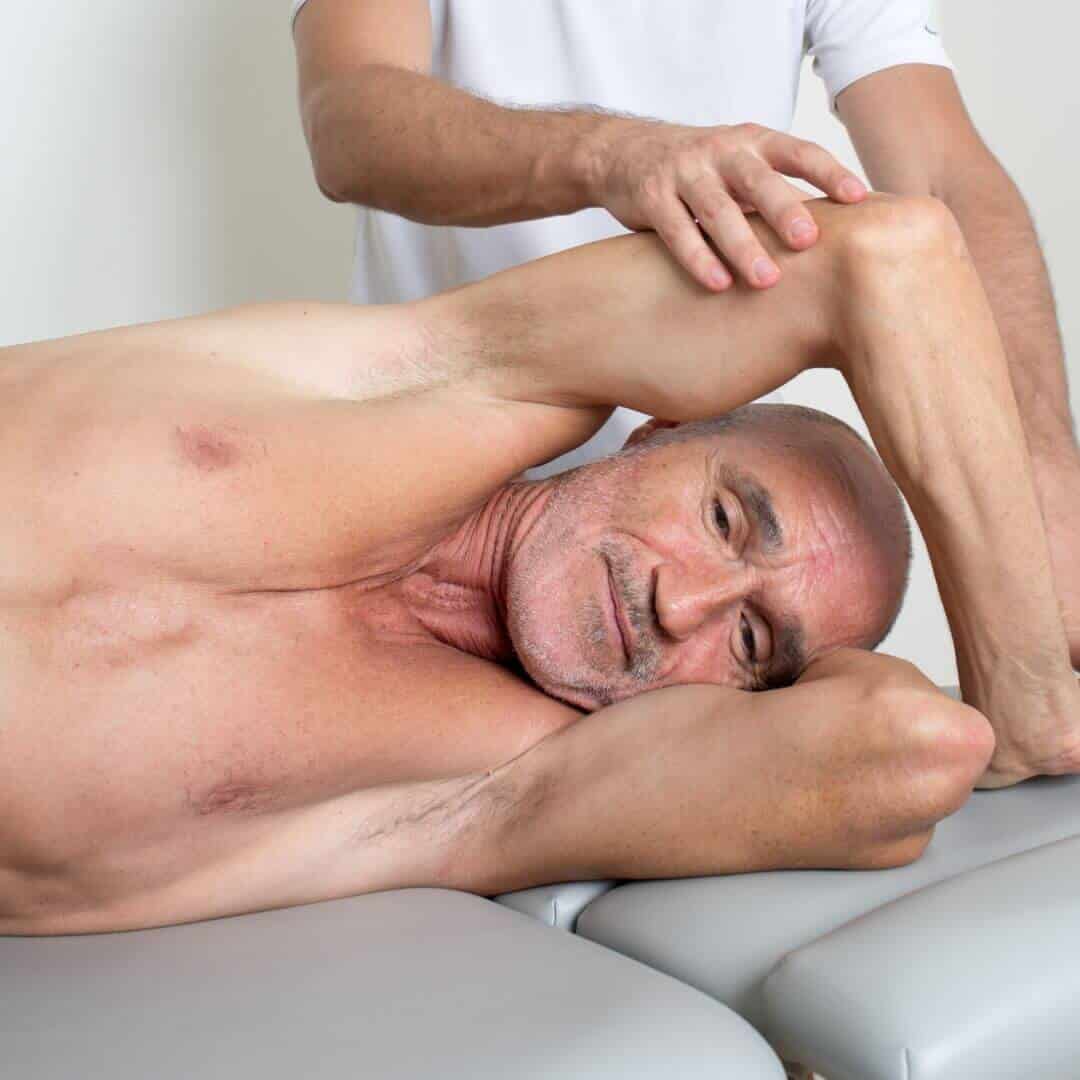
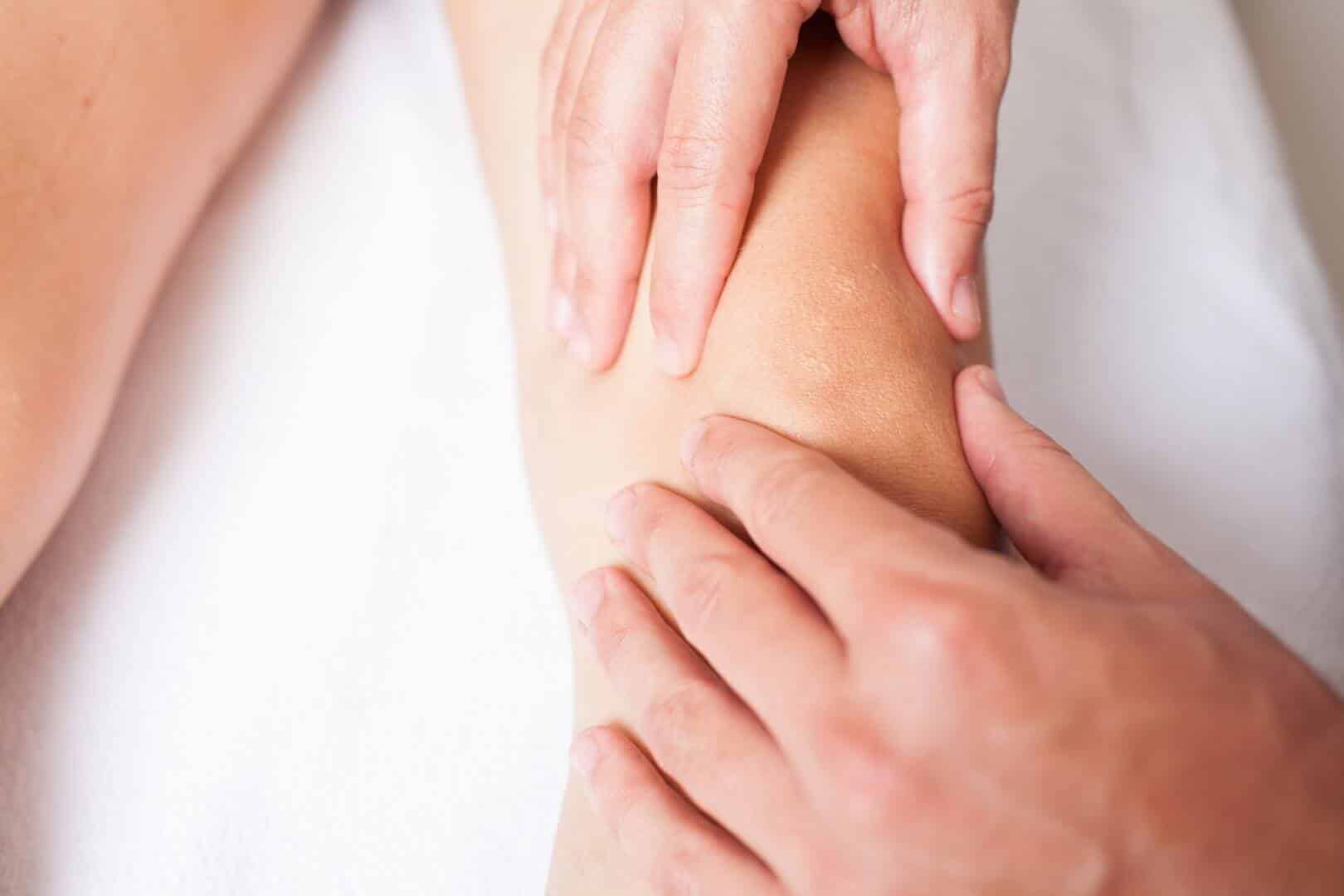

The deep fascial system acts through the connection to the head via dura mater spinalis, ligg. longitudinalia anterius and posterius and myofascial chains of the back muscles. These interactions must also be taken into account in the case of back pain.
Depending on the fascial tissue, it reacts differently to techniques, e.g. the interstitial myofascial system reacts to temperature, mechanical pressure and vibration. Therefore, we use numerous models and fascial therapy approaches in the treatment of athletes, e.g.
Neuromyofascial Posture Model
Myofascial mobilisation
Myofascial trigger points
Myofascial relaxation
Balanced ligament tension technique (BLT),
Lympho-fascia release
Fascial treatment of the vascular and nervous system
and much more.
Apart from this, the consideration of myofascial chains in the athlete is as essential as the integration of joint, organic, nervous and vascular dysfunctions is important in the treatment of the fascial system.
With my blog I would like to make the field of holistic health consisting of expert knowledge and practical insights on MIND, BODY and LIFESTYLE accessible to the general public.
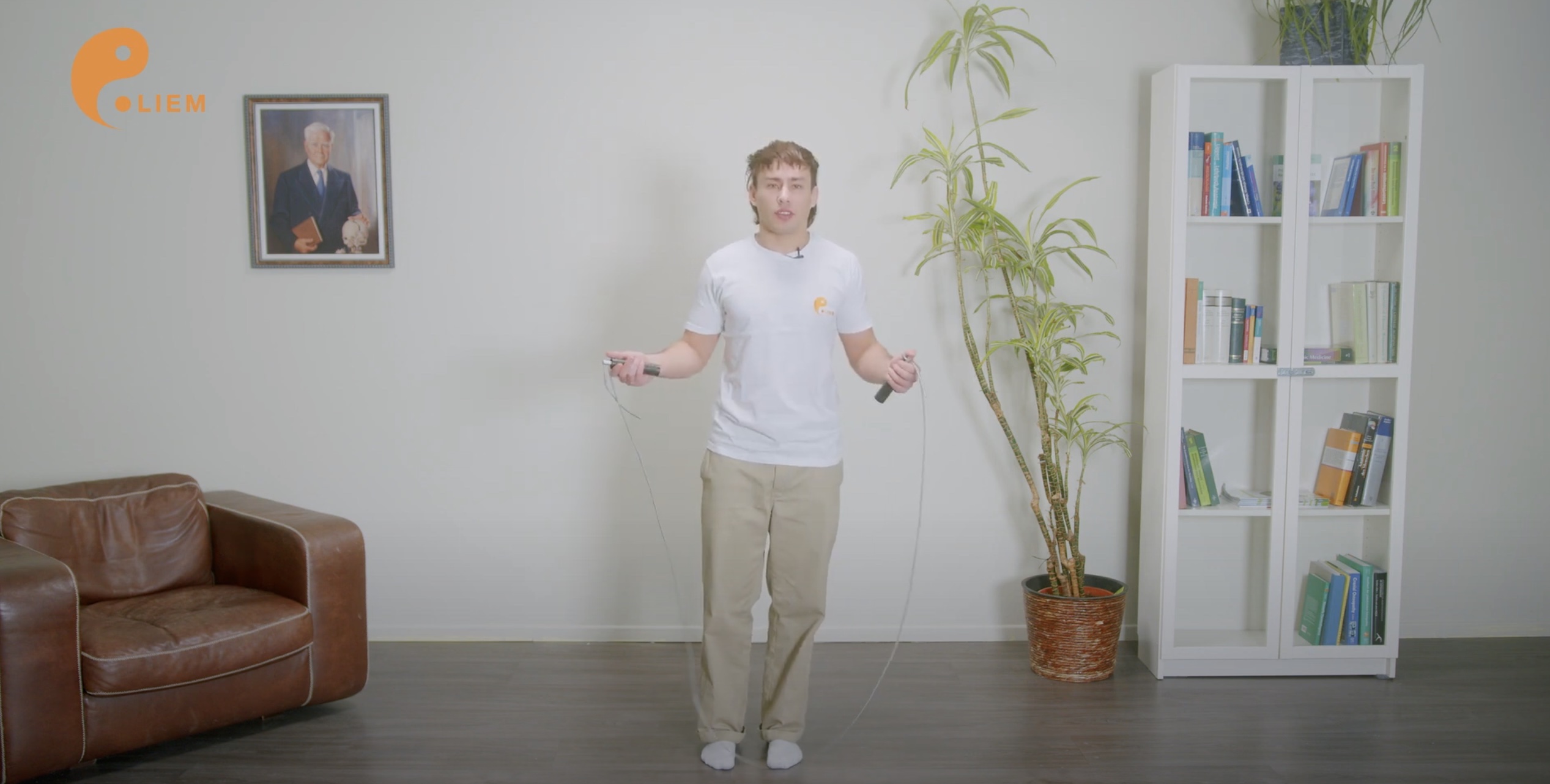
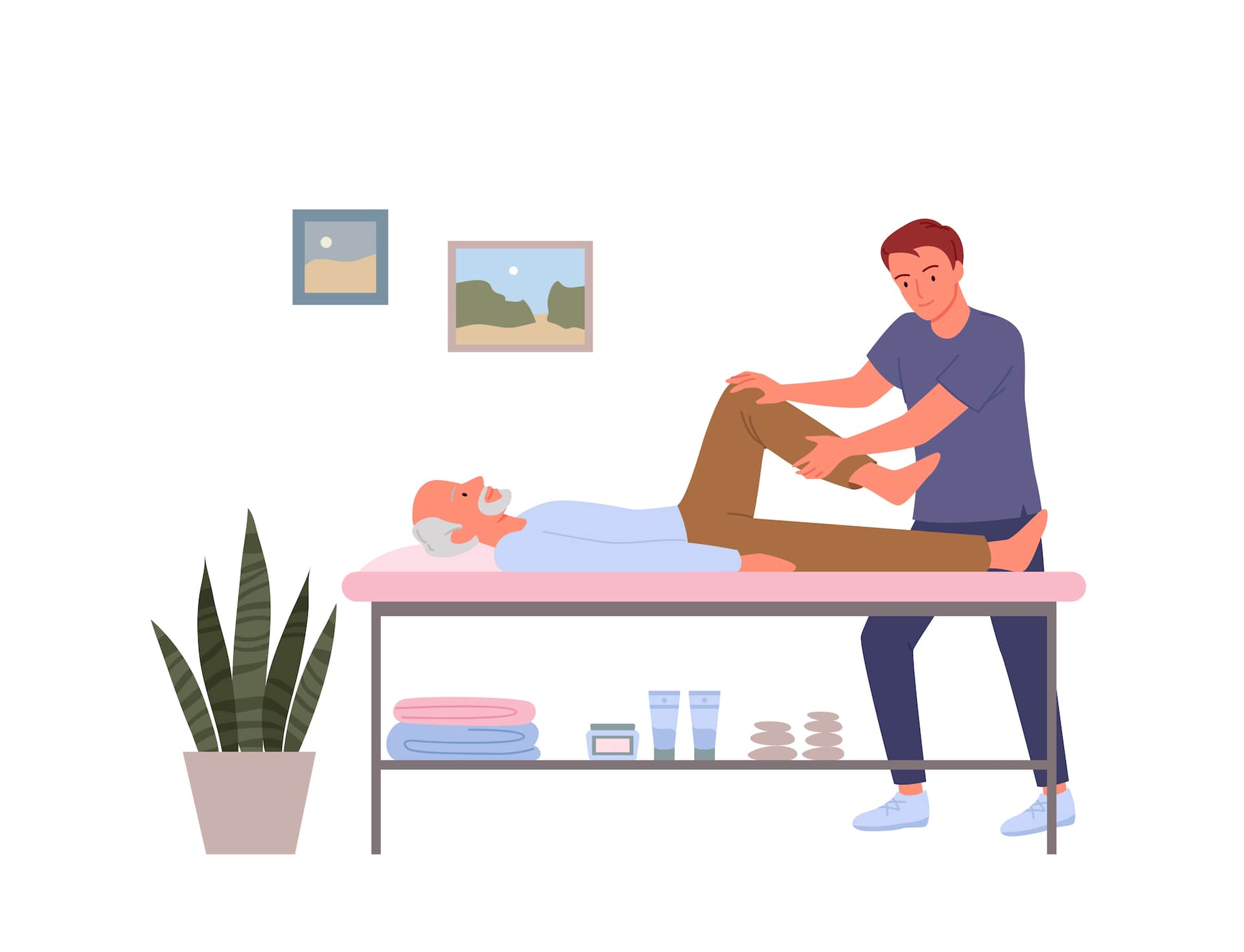
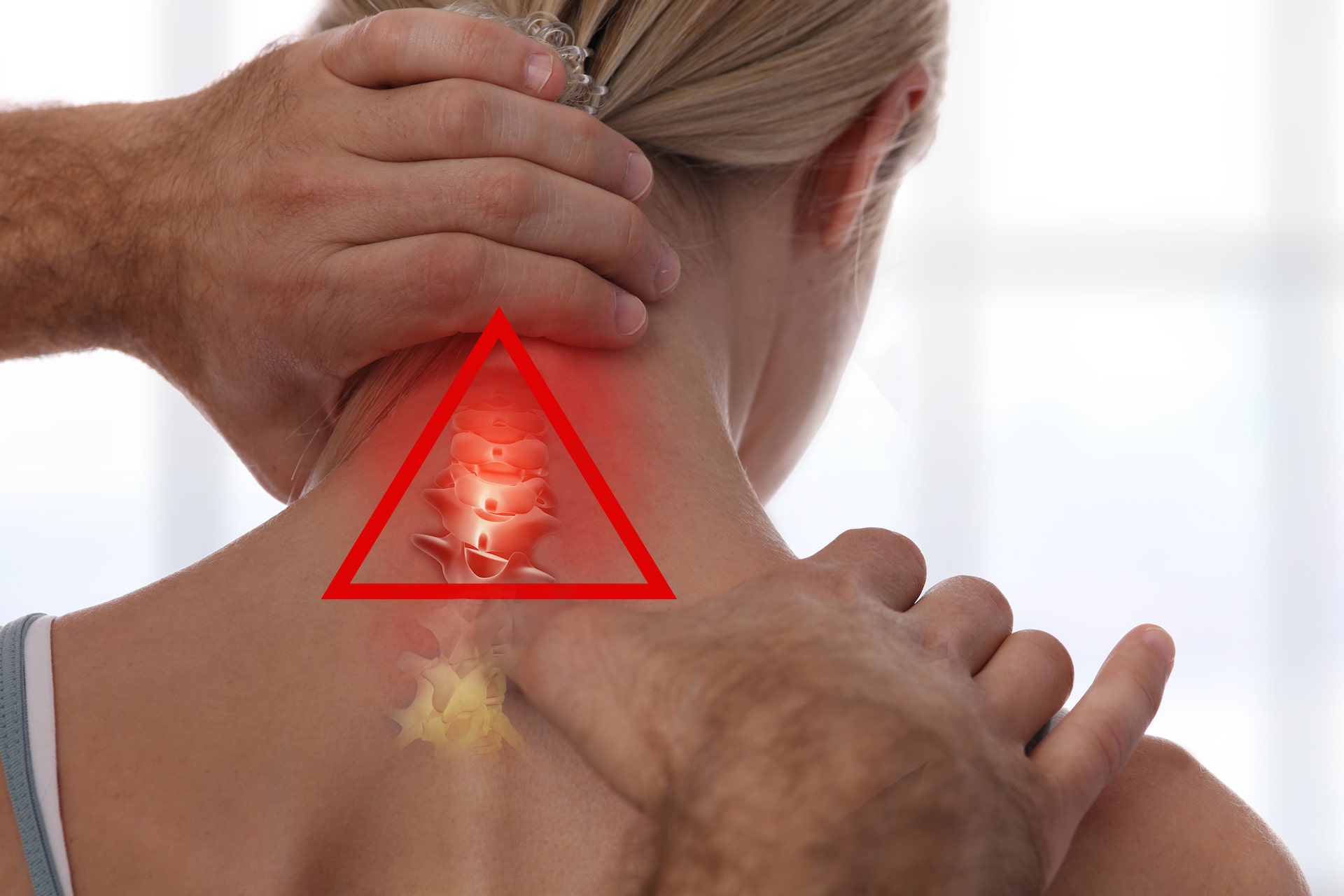
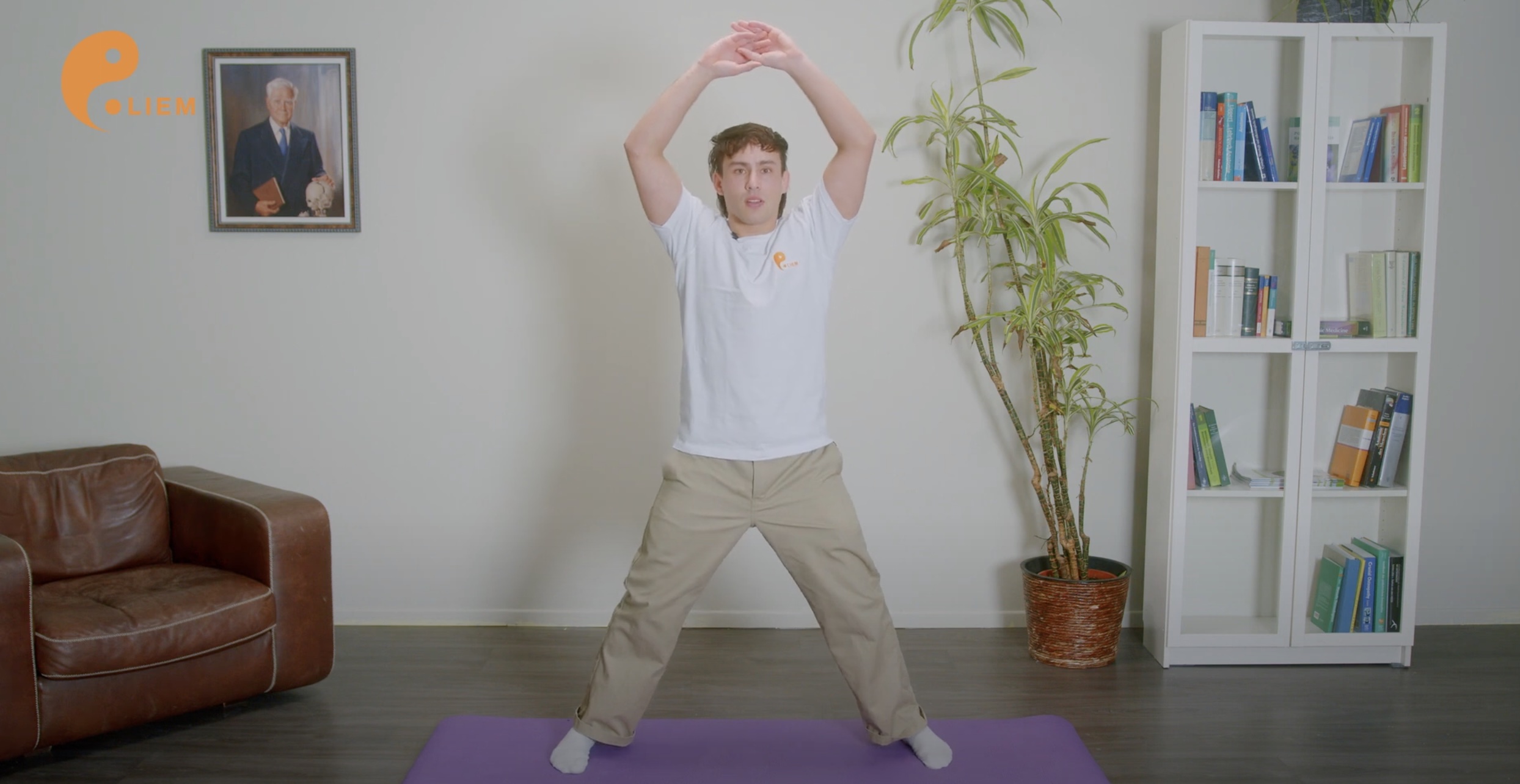
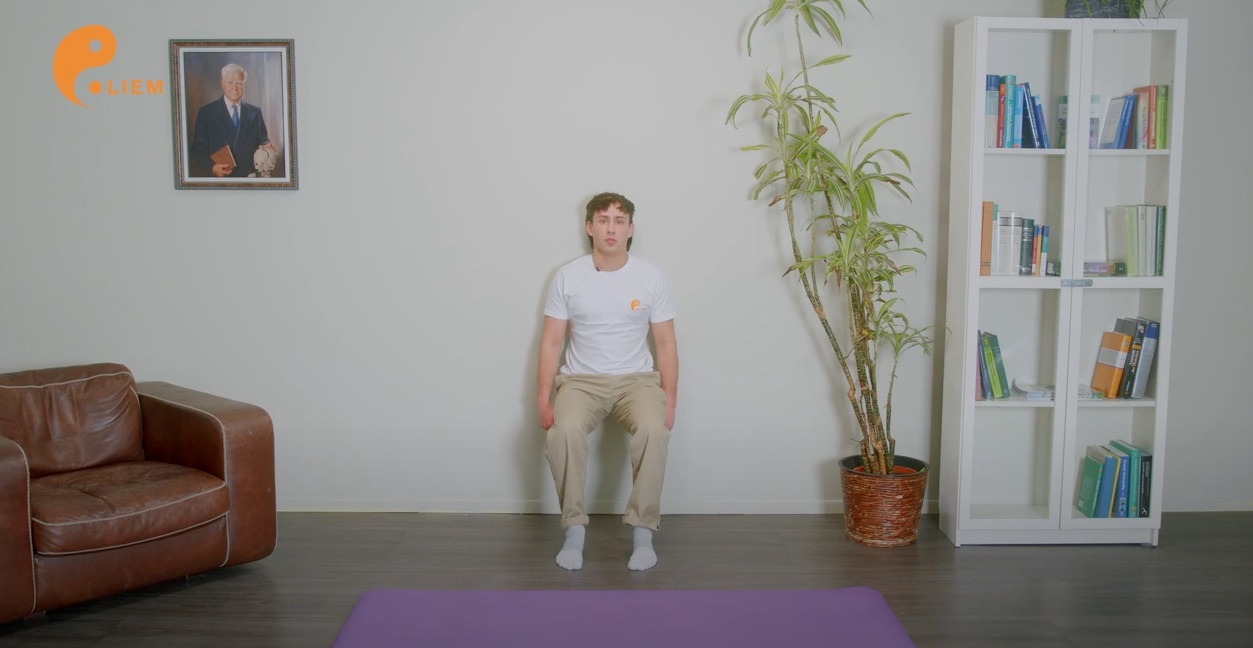
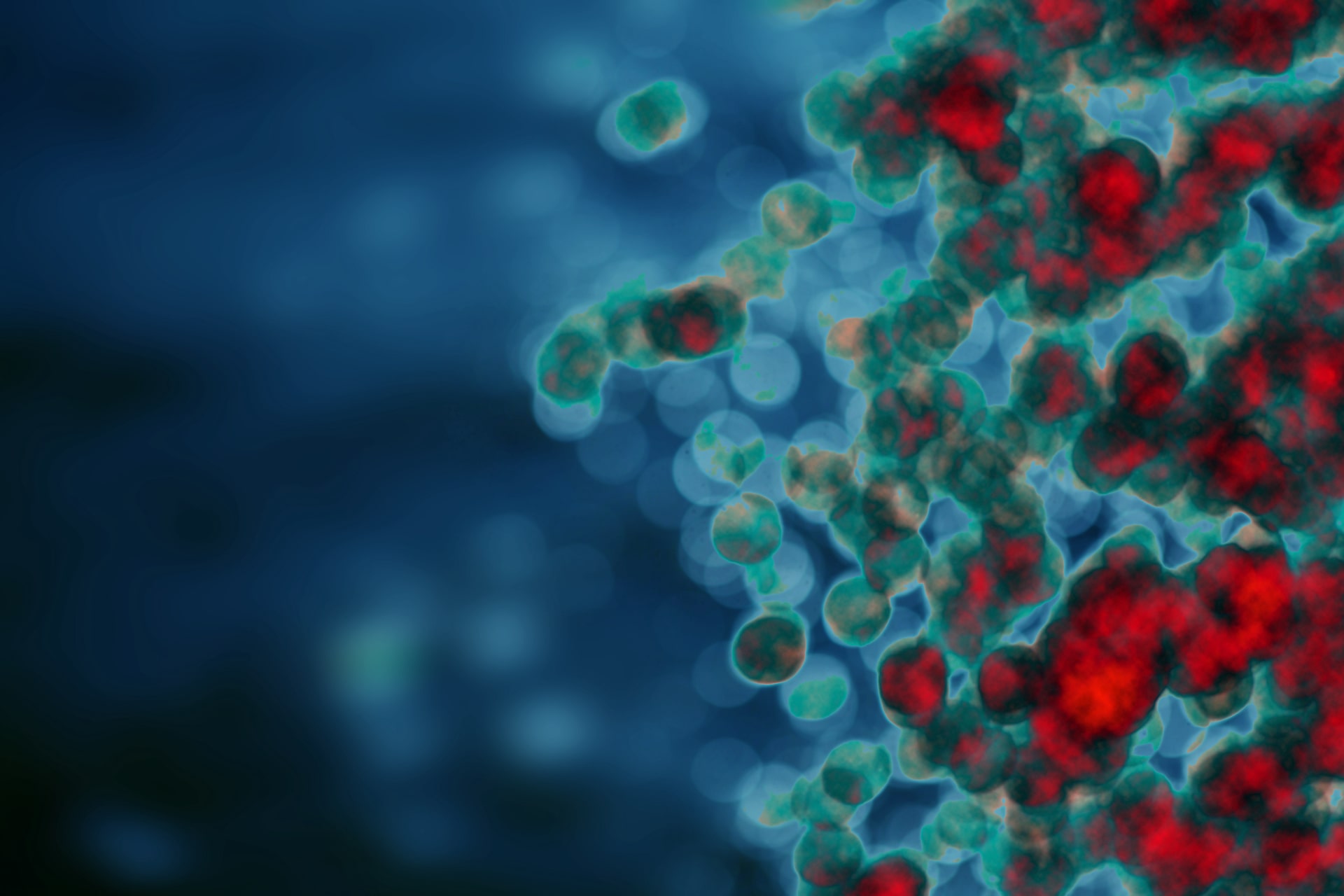
Liem Osteopathy Centre
Frahmredder 16
22393 Hamburg